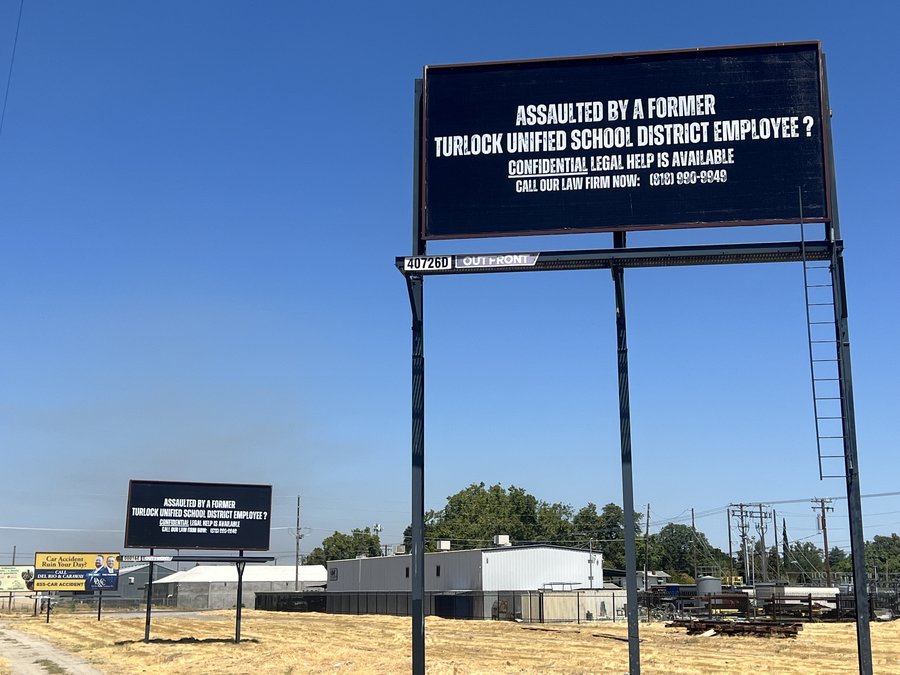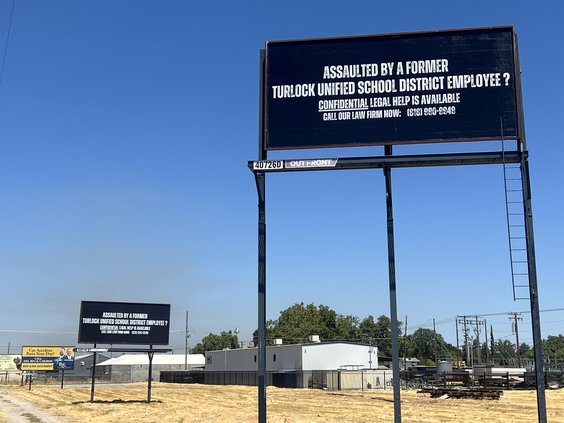The first finding of highly pathogenic (HPAI) H5N8 avian influenza in commercial poultry was detected at a Foster Farms turkey facility in Stanislaus County.
The United States Department of Agriculture Animal and Plant Health Inspection Service announced that although this particular strain is highly susceptible to avian species, it does not present a dire health concern to the public.
“No human cases of these avian influenza viruses have been detected in the United States, Canada or internationally, and there continues to be no public health concern,” said APHIS in a statement confirming the presence of the virus.
Foster Farms also issued a statement, reporting that it determined the presence of the strain in a single rural turkey ranch as part of its ongoing early detection program for avian influenza. Birds in the flock were found to have exhibit signs of the strain, one of which is increased mortality.
After detecting the existence of the virus, the company reported the flock to the USDA, which will partner with the California Department of Food and Agriculture to quarantine and humanely eradicate the affected flock in order to inhibit the advancement of the disease.
News of the detection of H5N8 in Stanislaus County has traveled worldwide as the Centre for Food Safety of the Good and Environmental Hygiene Department has issued an import ban of poultry products, including meat and eggs, from Stanislaus County to Hong Kong in order to proactively protect public health.
Hong Kong’s immediate response comes as no surprise to those who remember the ravaging effects of the H5N1 avian influenza strain, which was initially found in humans during poultry outbreaks in Hong Kong in 1997.
At the time, the H5N1 strain infected 18 humans, six of which died as a result. It is speculated that a mass culling of all poultry in Hong Kong possibly inhibited a human H5N1 pandemic at that time.
Although a pandemic was prevented, the World Health Organization reports that individuals are still being infected with the strain today. According to the organization, when people do become infected, their mortality rate is approximately 60 percent.
The CDFA clarified that not one of the birds from the Stanislaus County flock in question will make their way into the food system. Testing and surveillance will extend out into nearby areas, and the migration of potentially dangerous animals or products out of the direct area will be hindered to prevent further exposure.
According to Foster Farms, avian influenza incidents affecting wild waterfowl and backyard poultry facilities have occurred since last year along the Pacific Flyway, which is a prominent flyway for migratory birds along the West Coast.
The strain can travel in wild avian species without them exhibiting signs of the virus. It is because of this that the USDA cautions against interaction with sick or dead poultry or wildlife.
In the event that contact does occur, the department urges those affected to wash their hands and change their clothing before coming into contact with healthy domestic poultry or birds.
The Foster Farms flock is the first confirmed case of H5N8 in commercial poultry in the United States, however, this particular avian influenza strain has been seen in other countries in 2014, including Italy, Germany, the Netherlands, and the United Kingdom.
According to the Center for Infectious Disease Research and Policy, Germany was the first country to have reported the strain after it was found on a turkey farm in November.
Although there have been no confirmed cases of H5N8 in humans, other strains of avian influenza have been classified as zoonotic, meaning that they are capable of infecting humans and causing disease.
One of which is the H7N9 strain of avian flu in China, which has been detected in residents since 2013.
On Monday, a woman from British Columbia was found to have shown signs of the illness after traveling to China, thus marking the first human case of H7N9 avian influenza strain in North America.
According to the Public Health Agency of Canada, the woman did not require hospitalization and is currently recovering from the illness in self-isolation.
“Today, we are confirming the first case of H7N9 in humans in North America,” said Minister of Health Rona Ambrose. “Public Health Agency of Canada continues to advise and emphasize that H7N9 does not spread easily from person to person and the risk remains very low.”
Approximately nine years ago, over 6,000 avian species suddenly died from H5N1 in the Qinghai Lake district of China. Since the lake is a known stop for many migratory birds, it is speculated that this major event contributed significantly to the resulting and sudden spread of H5N1 at the time.
The WHO reports an estimated 650 human cases of the H5N1 avian influenza strain have been reported from 15 countries since its widespread re-emergence in 2003, more than half of which were fatal.
Despite the ravaging effects of other strains such as H5N1, there is still no immediate public health concern regarding the H5N8 avian influenza strain.
“In large, bird flu is a disease prominently involving birds, and that is certainly the case in this situation,” said CDFA director of Public Affairs Steve Lyle. “There is no public health concern at this point. This is a sickness of birds in a turkey processing plant.”









